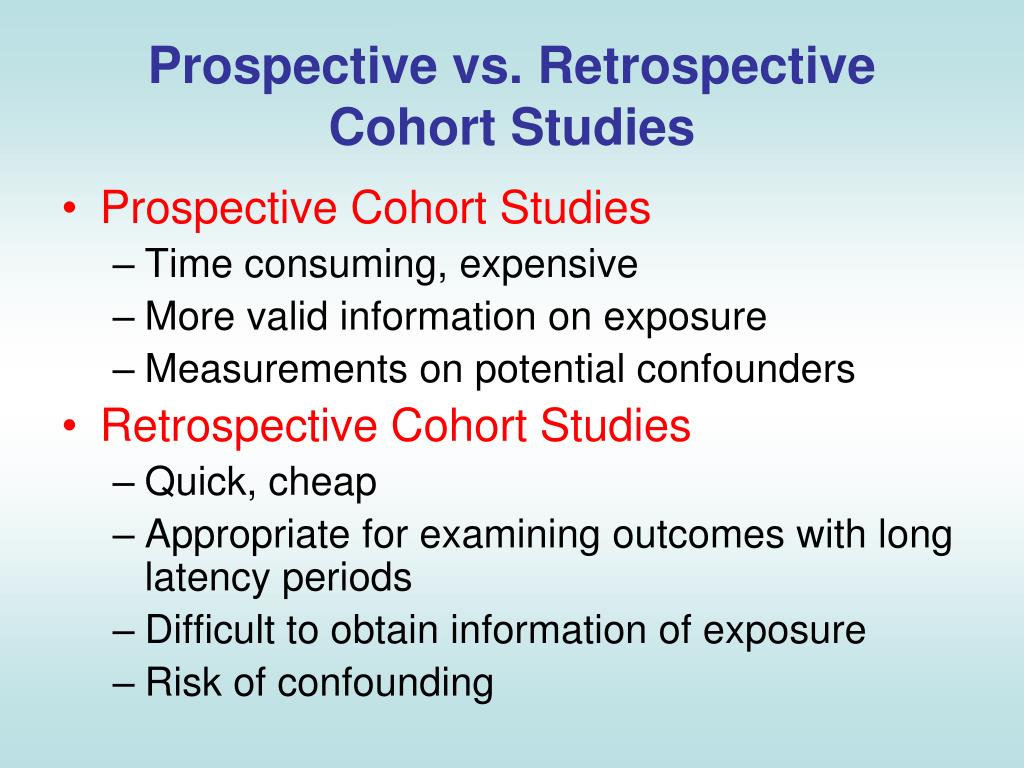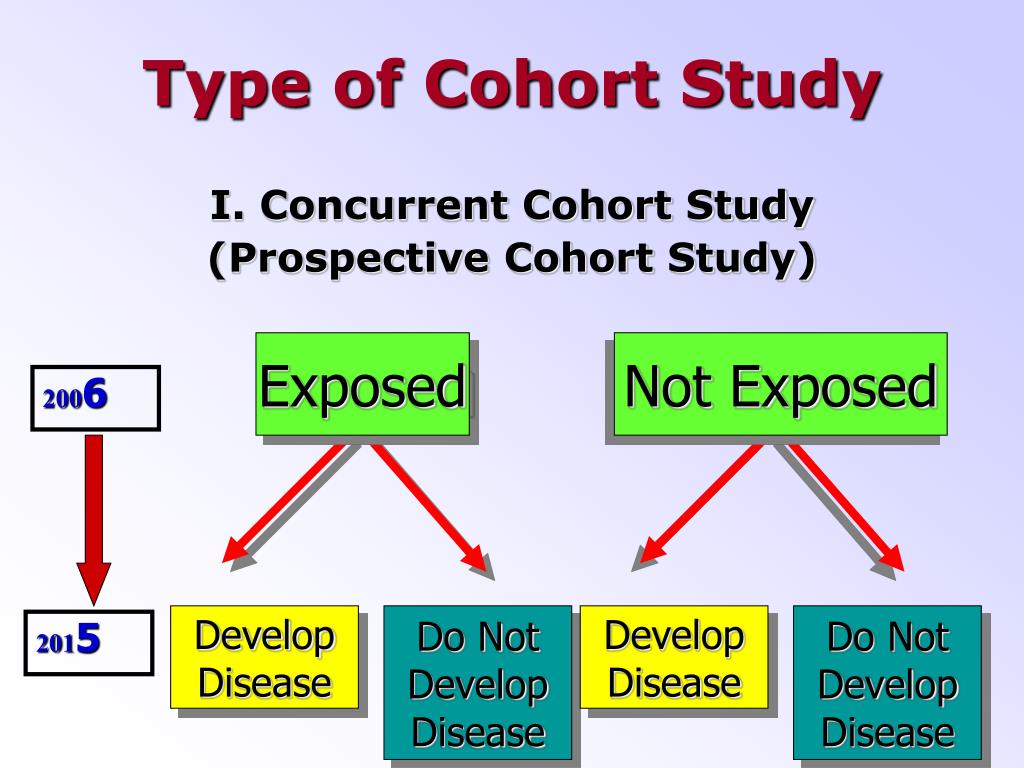

While studying a public health issue, cross-sectional study helps as a tool in understanding the link between a They act as a springboard for further studies and Income and educational status might correspond with the variable that isĬritical for the study.

Different variables can be used to run theĬan obtain data on various variables to know how differences in age, sex, Less usage of resources are needed to conduct cross sectional studies. Questionnaires are mainly used in most of theĬheap and quick, and allow the researchers to obtain lot of information very Portending value of an investigation and also the likelihood of specific diagnosis. Prevalence helps the clinician in knowing the Measurements are administered to the set of population at the same time.

This study can be prospective or retrospective in nature (Barría, 2018). Analytical studies that are observational in nature are called as cohort studies and are derived from Latin meaning ‘unit’. Studies methods laying emphasis on what their strengths andĬross sectional studies are used primarily to determine the prevalence of a problem whereas cohort studies involve the study of the population that is both exposed and non-exposed to the cause of disease development agents. This blog tries to discuss each of the observational.This will act as a quick reference table.Studies and cohort studies are collectively known as observational studies.


 0 kommentar(er)
0 kommentar(er)
